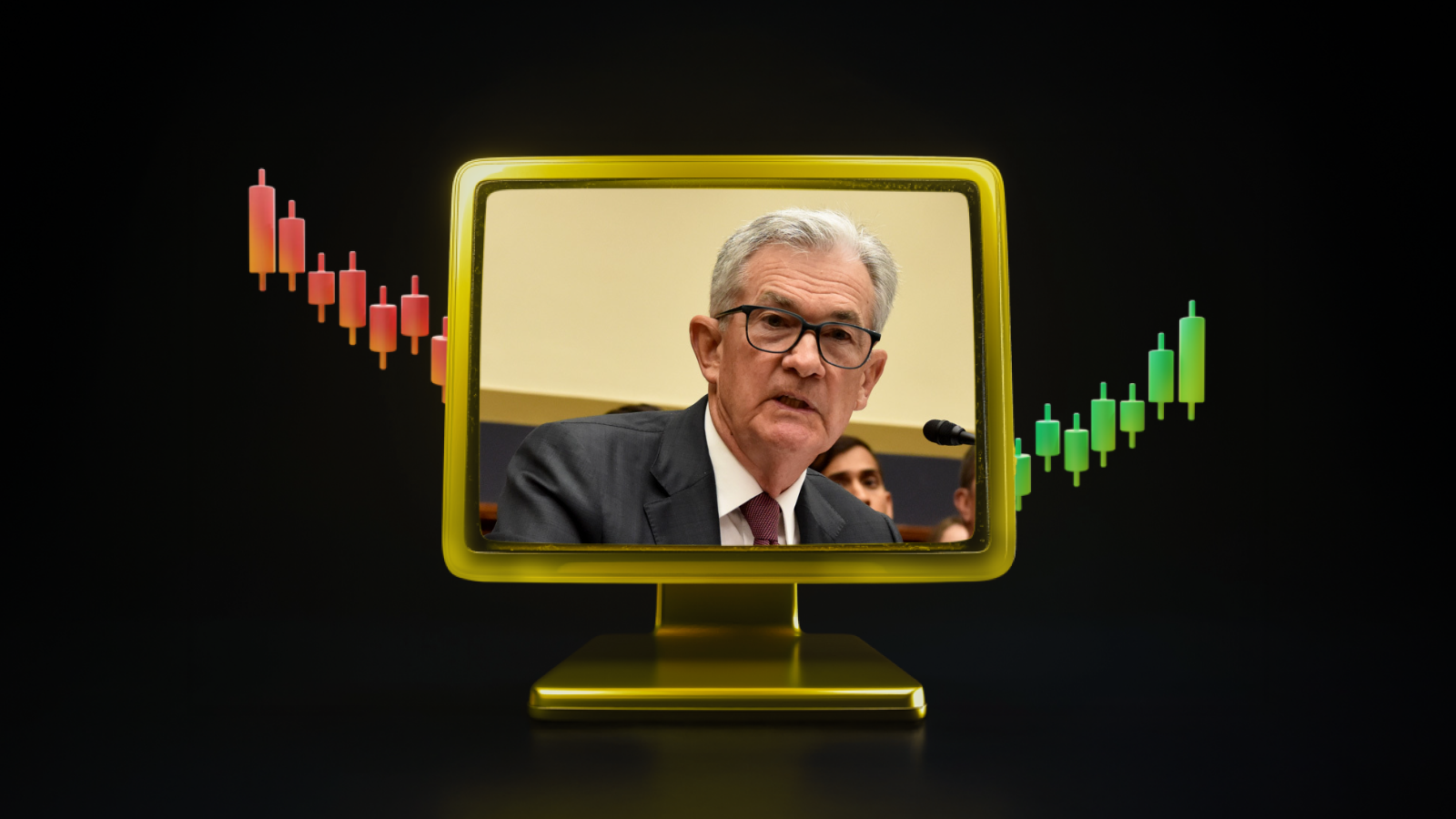Introduction
Towards the end of 2024, digital asset strategies, which returned to the agenda in the US, reached an important milestone in 2025. The “Strategic Bitcoin Reserve” (SBR) plan, spearheaded by White House Crypto Advisor Bo Hines, aims to make room for Bitcoin in the US economic and technological future. Under this plan, it is proposed to use revenues from customs tariffs instead of direct tax revenues to create a Bitcoin reserve. This approach not only ensures budget neutrality, but also aims to ensure that the US takes a leading role in the global competition for digital currencies.
This analysis will examine in detail how tariff revenues could be used to purchase Bitcoin under Bo Hines’ proposal, the potential economic and political implications of this scheme, its technical challenges, and its direct and indirect repercussions on the crypto market.
Bo Hines and the Background of the Strategic Bitcoin Reserve Plan
Bo Hines is close to Donald Trump, serving as a cryptocurrency advisor to the White House as of 2025. In an interview with Thinking Crypto, Hines elaborated on his SBR plan, arguing that the US’s early position in the limited supply of Bitcoin assets is critical to the country’s economy and financial independence in the long run. This view is based on the idea that, with Bitcoin’s supply limited to 21 million, building reserves early would provide a strategic advantage.
The SBR plan is further codified in the BITCOIN Act 2025, sponsored by Senator Cynthia Lummis. According to this bill, the US would acquire approximately 200,000 BTC each year, creating a total reserve of 1 million BTC over five years. At today’s Bitcoin prices, this is worth approximately $85 billion.
Use of Tariff Revenues: Financing Model
Bo Hines’ proposed financing model involves allocating revenues from customs duties collected by the US Customs and Border Protection Agency to the purchase of Bitcoin without directly touching taxpayers’ pockets. In 2023, US tariff revenues amounted to around $93 billion. If a portion of this figure – for example 20% – was earmarked for the Strategic Bitcoin Reserve, it could generate about $18.6 billion a year.
This is sufficient to meet the annual BTC purchase target of $17 billion, as stipulated in the BITCOIN Act. In this way, the reserve would be created with the additional revenue from trade policy alone, without the need for a new line item in the federal budget.
Impacts of Tariff Revenues on Bitcoin
Short-Term Market Effects
There was a noticeable surge in Bitcoin prices in the first quarter of 2025 when the new tariff policies were announced. After the tariff announcements, the Bitcoin price fell to its lowest level of the year. This decline reflects the market’s sensitivity to political interference and short-term confidence issues.
However, this effect may be temporary. When it becomes clear that tariff revenues will be used for BTC reserves, this could boost institutional investors’ confidence in Bitcoin in the long run.
Long Term Impacts
In the long run, the creation of a Bitcoin reserve by the US could create state-sanctioned legitimacy in cryptocurrency markets. This could cement Bitcoin’s position as digital gold or a digital reserve currency. The US move could also force other major economies to adopt similar strategies. How countries like the European Union, China and South Korea respond to these developments could affect the global value of Bitcoin.
At this point, it is worth noting a new study by OKG Research. According to the study, global structural Bitcoin purchases could reach up to $874 billion. This massive increase in demand will be supported not only by government reserves, but also by entities such as pension funds, large-scale institutional investors and technology companies. The creation of an official Bitcoin reserve by the US could further accelerate this process and lead to a huge jump in total Bitcoin demand.
Criticisms and Potential Risks
The SBR plan has been subject to criticism both inside and outside the country:
- Mining Equipment and Industry Pressures: When the new tariffs are applied to ASIC mining equipment, especially from China, costs for US-based mining firms may increase. This could weaken mining competitiveness of US-based miners.
- Market Volatility: Large-scale government purchases of BTC may cause liquidity fluctuations in the market.
- Geopolitical Risks: Bitcoin being held as a reserve by the US could make it a political tool. This could increase economic tensions with other countries.
Geopolitics and International Reactions
The US SBR move is important not only for domestic politics but also for foreign relations. China is already leading the digital currency race with its state-backed digital yuan (e-CNY). The US making a decentralized asset like Bitcoin a strategic reserve could be seen as an alternative to China’s more controlled financial model.
The European Central Bank is cautious due to Bitcoin’s high volatility and unregulated nature. The US move to reserve BTC could also lead to divergent views within the EU.
Conclusion
The Strategic Bitcoin Reserve (SBR) plan, proposed by Bo Hines, is part of the US’s goal to put its digital asset strategy on a more institutional and structural footing. The plan is not yet law, and purchases have not begun. However, the adoption of this proposal marks an important paradigm shift that could pave the way for digital assets to be treated as reserves at the level of public treasury.
If the proposal is adopted, the tariffs would provide about $17-20 billion annually for reserve asset diversification without increasing the federal budget.
In conclusion, although the US has officially recognized Bitcoin as a reserve asset, the use of tariff revenues for this purpose has not yet been legalized. However, if the SBR plan is legalized, its effects will not only be limited to the US economy; it will also accelerate the process of institutionalization of digital assets in the global financial architecture. In this respect, the SBR can be considered as an important milestone in the integration of classical monetary policies with digital assets.





